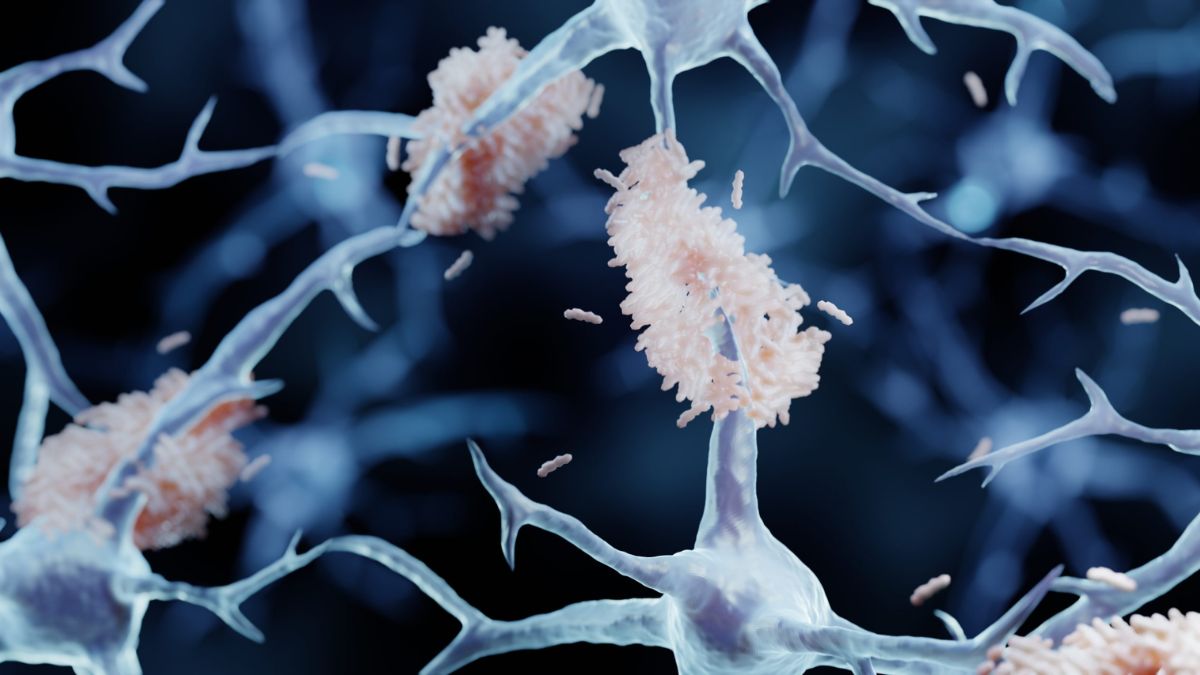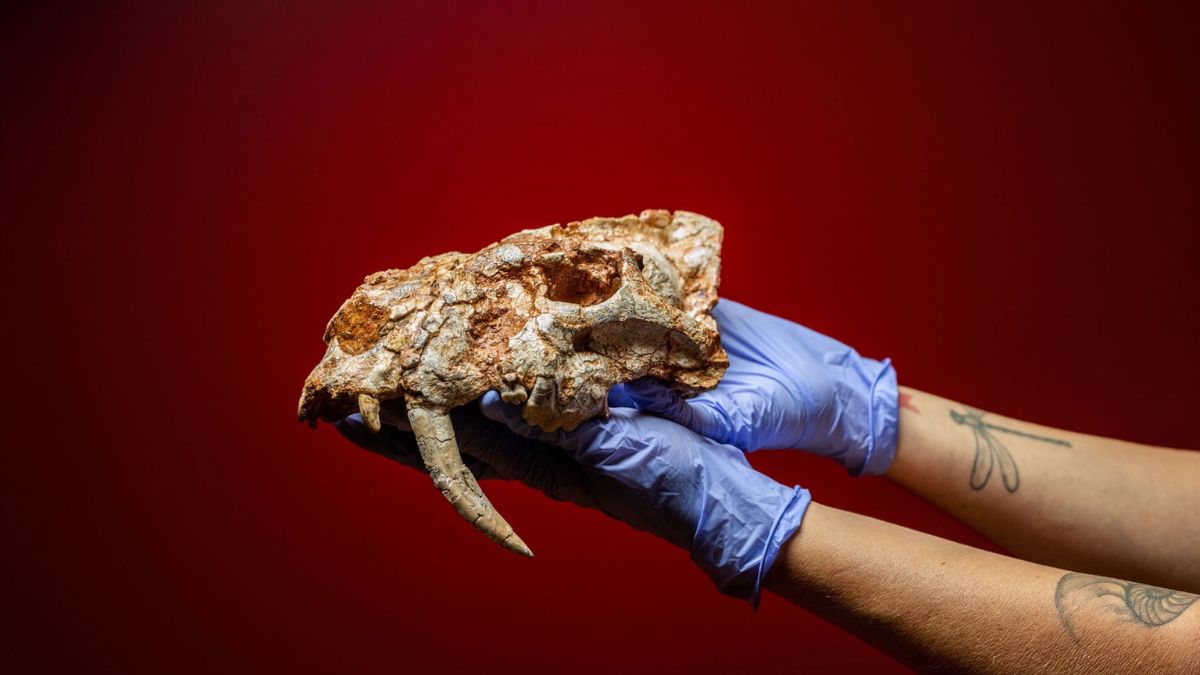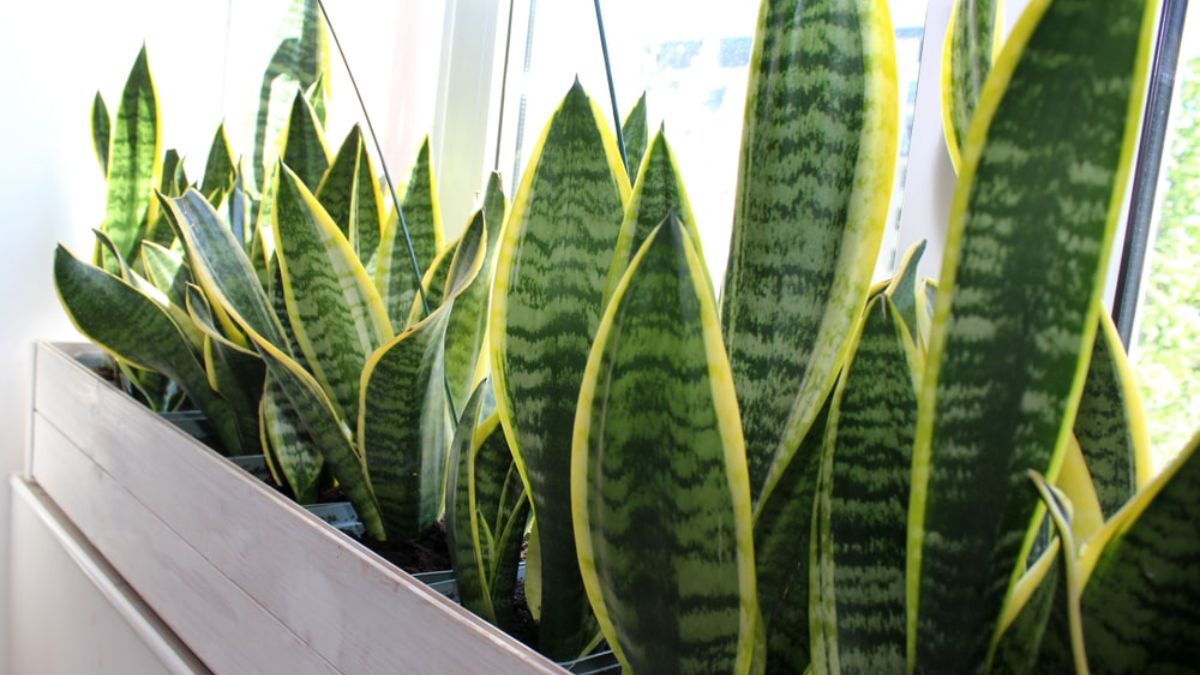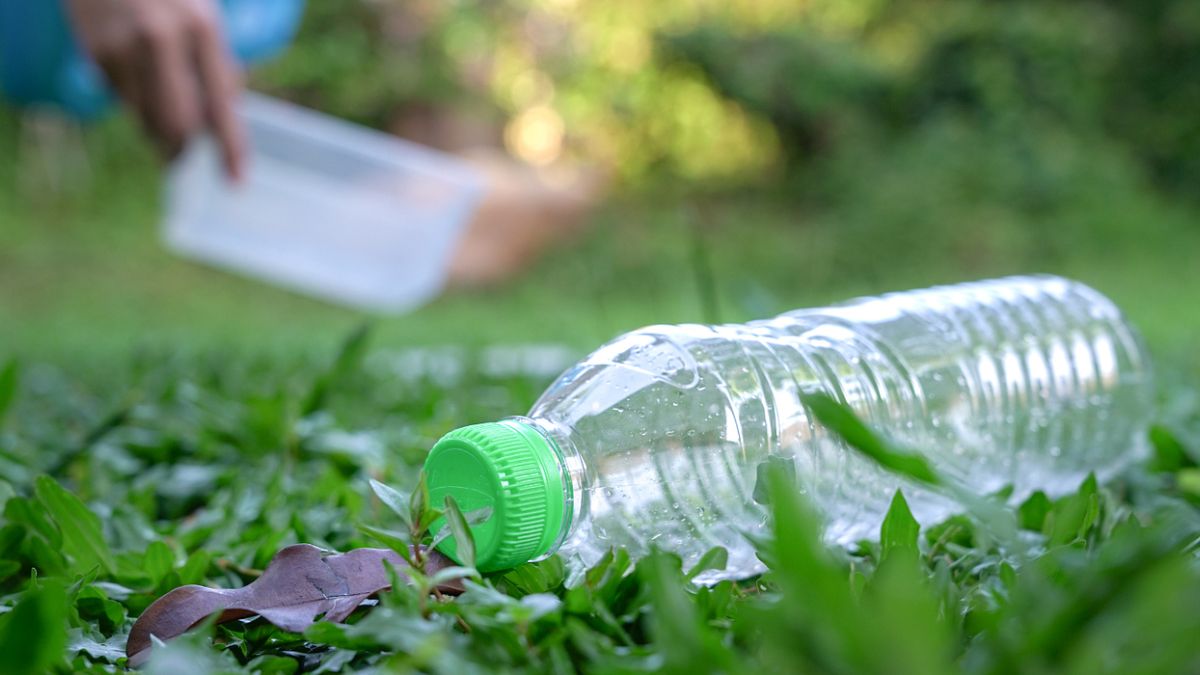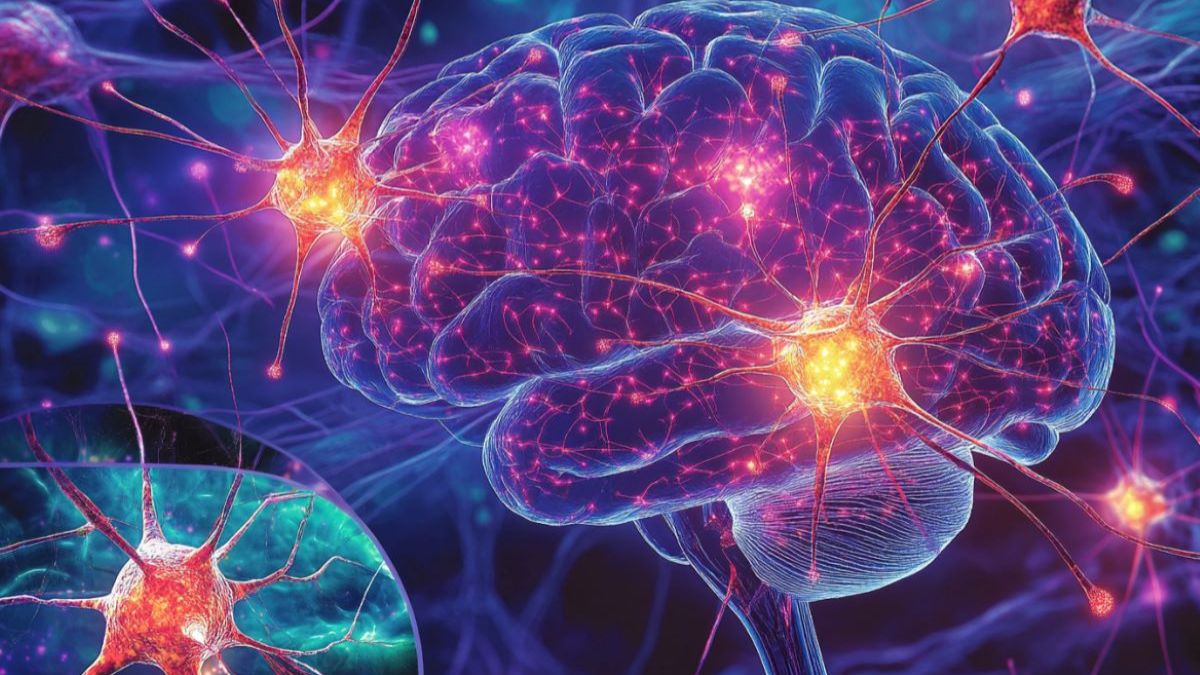Believe it or not, sugar could be a surprising ally in the fight against Alzheimer’s disease. But we’re not talking about the kind you stir into your coffee or find in candy bars.
Researchers have discovered a natural sugar compound that might help stop Alzheimer’s at its roots. And while it’s not a cure yet, it’s an exciting glimpse into what future treatments might look like. Let’s break down this sugar-coated breakthrough.
Alzheimer
Alzheimer’s is one of the most common neurodegenerative diseases worldwide, affecting millions of people and their families. It begins quietly but progressively affects memory, behavior, and thinking.
What’s really happening in the brain? It all starts with neurons—the cells that let us move, learn, speak, and function. These neurons get damaged when specific proteins, called amyloid beta proteins, misfold. Instead of doing their job, they clump together, forming toxic fibers that slowly destroy brain cells.
That’s where this new discovery comes in.
Sugar
Scientists have now developed a nanomaterial—basically, a super tiny structure—that might prevent these harmful clumps from forming. How? By literally trapping the dangerous proteins before they do damage.
This special material is made using two key ingredients: peptide amphiphile and trehalose. If those names sound confusing, let’s make it simpler.
- Peptide amphiphile helps the nanomaterial travel through both water and fat, so it can move easily around the body.
- Trehalose is a natural sugar found in plants and insects. It’s not the same sugar used in candy—this one is believed to help keep proteins stable, so they don’t misfold in the first place.
Together, they form a kind of sugar-coated shield that traps the harmful amyloid beta proteins and keeps them from clumping.
Relevance
Why is this so important? Because current treatments for Alzheimer’s focus mainly on symptoms. They don’t stop the disease itself. This sugar-coated nanomaterial is different. It could actually attack the root cause of the disease by stopping those toxic protein clumps from forming.
That’s a massive leap forward. Instead of trying to ease memory loss or confusion once it happens, future treatments could stop it from starting in the first place.
Timeline
So, when will we see this in pharmacies or hospitals? Not anytime soon. This discovery is still in early research stages. Scientists need to do more tests—especially on humans—to confirm it’s safe and effective.
That said, it’s a step in the right direction. Alzheimer’s and other memory-related diseases are expected to rise as the global population ages. So even though this treatment is still in the lab, it’s a sign that real solutions might be coming.
Advice
While we wait for this sugar-coated technology to become a reality, there are still things we can do to protect our brains.
Here are some practical tips:
- Eat smart: A diet rich in fruits, vegetables, and healthy fats supports brain health. Cut back on processed sugars and junk food.
- Stay mentally active: Play games, read books, learn new skills—anything that keeps your brain working.
- Exercise regularly: Physical activity improves blood flow, which helps your brain stay sharp.
- Get good sleep: The brain needs rest to clean itself and reset, so aim for 7-9 hours a night.
These habits won’t cure Alzheimer’s, but they can help delay cognitive decline and keep your brain in shape.
Every breakthrough in neuroscience brings us closer to a future where diseases like Alzheimer’s can be prevented—not just treated. This sugar-coated discovery could play a big role in that future. We may not be there yet, but science is clearly on the right path.
FAQs
What causes Alzheimer’s disease?
Misfolded amyloid beta proteins that damage brain neurons.
What is trehalose?
A natural sugar found in plants that helps prevent protein misfolding.
How does the nanomaterial work?
It traps harmful proteins before they can form toxic clumps.
Is this Alzheimer’s cure available now?
No, it’s still in early research and testing stages.
What can I do to protect my brain?
Eat well, exercise, stay mentally active, and get enough sleep.

